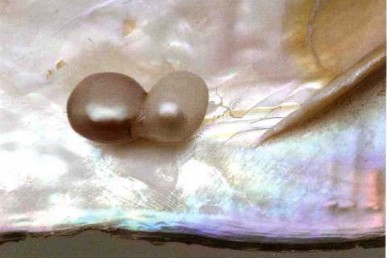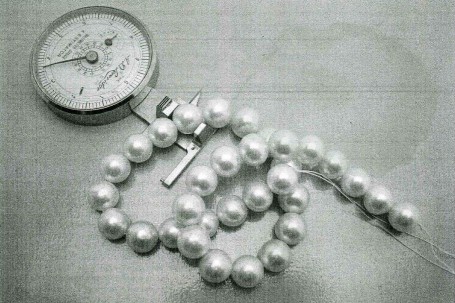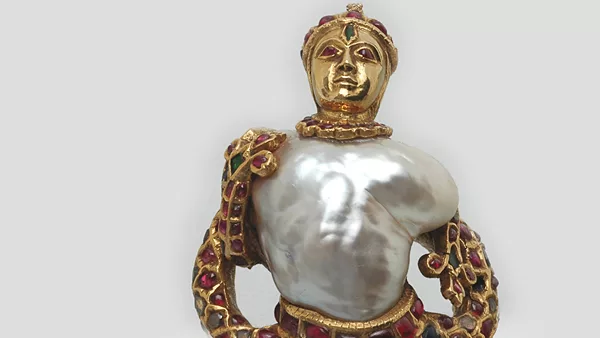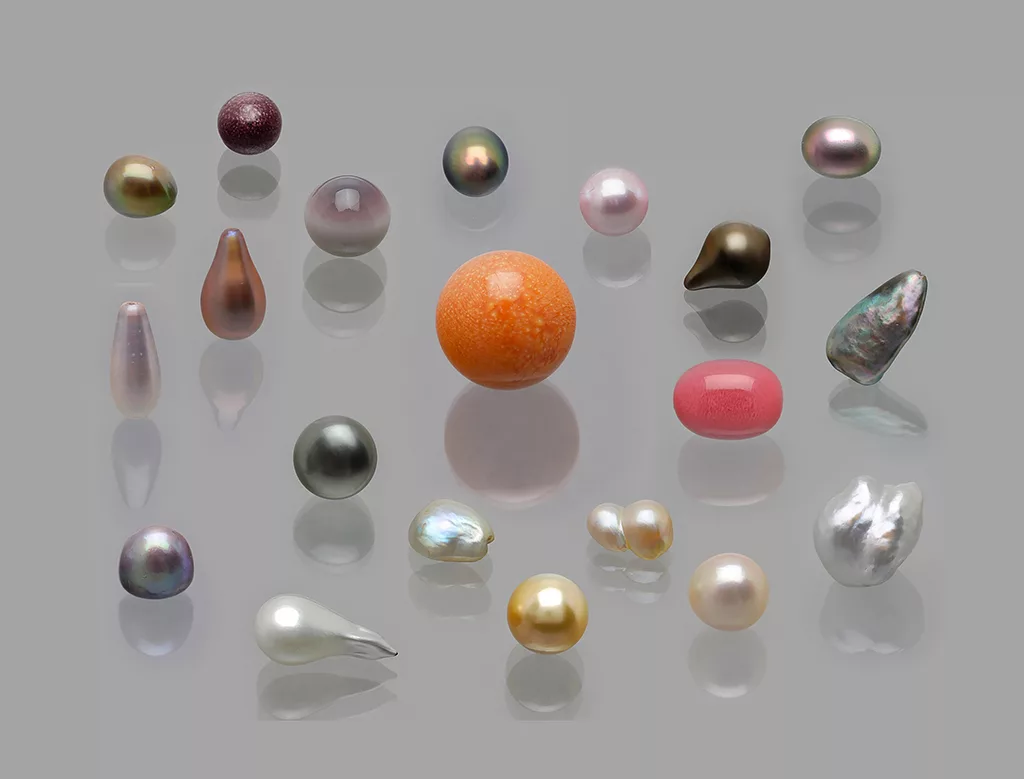
DNA fingerprinting and age dating of pearls and corals at SSEF
by Dr. L.E. Cartier, first published in Facette 27 (June 2021)

Pearl testing was long limited to determining whether a pearl is natural or cultured, and whether a pearl has been treated or not. As we have considerably invested in pearl research in recent years, we have achieved significant breakthroughs, namely DNA fingerprinting for species identification and radiocarbon age dating. In 2020, after seven years of research, we officially launched our DNA fingerprinting services for pearls and precious corals. In 2017, SSEF became the first gem lab in the world to introduce radiocarbon age dating of pearls as a service to clients.
Species identification creates important opportunities to better understand historic pearl trading routes and the origins of notable pearls. In combination with age dating technology, it is also possible to gain previously inaccessible scientific insights into how pearls form. Our work on DNA is carried out in collaboration with the Institute of Forensic Medicine at the University of Zurich, one of Switzerland’s leading forensic institutes. Our radiocarbon age dating work is done with ETH Zürich.
DNA in pearls: 8 species can now be identified
DNA fingerprinting of pearls was first developed by SSEF and published in an academic journal in 2013 (DNA Fingerprinting of Pearls to Determine Their Origins, Meyer et al). The quasi non-destructive method has since been refined further, and the amount of material required from the pearl for testing has been considerably reduced to an infinitesimal amount.
The advances on DNA fingerprinting in this past year have been made possible by a substantial expansion of our DNA reference database and capabilities, which now include eight oyster species that produce the vast majority of pearls found in the natural and cultured pearl trade.
The eight pearl species that can be distinguished conclusively using these DNA fingerprinting methods are:
• Pinctada radiata (Persian Gulf & Ceylon pearl oyster)
• Pinctada imbricata (Atlantic pearl oyster)
• Pinctada fucata/martensii (Akoya pearl oyster)
• Pinctada maxima (South Sea pearl oyster)
• Pinctada margaritifera (Tahitian black-lipped pearl oyster)
• Pinctada mazatlanica (Panama pearl oyster)
• Pinctada maculata (Pipi pearl oyster)
• Pteria sterna (Rainbow-lipped pearl oyster)
Update on DNA in precious corals
Our methodology used for DNA fingerprinting of precious corals was outlined in great detail in a peer-reviewed openly-accessible publication in Scientific Reports last year (Lendvay et al., 2020). This method uses minute amounts of DNA recovered from precious coral used in jewellery to identify their species. This is vital given that a number of precious coral species are listed on the Convention on International Trade in Endangered Species (CITES) Appendix III, and thus need to be correctly identified and declared in order to be legally traded.
The DNA fingerprinting technology developed represents a game-changing way of assessing the species identity of precious corals found in the trade. Importantly, the technique is quasi non-destructive, requires considerably less sample material than other methods, with testable DNA being recovered from as little as 2.3 milligrams (0.0115 carats) of material.
In summary, if DNA extraction is successful and DNA fingerprinting can be carried out, SSEF can identify a coral item as one of the following:
• Corallium rubrum (Mediterranean red coral)
• Corallium japonicum complex (includes aka, moro, oxblood varieties)
• Hemicorallium sp. (includes deep sea Midway coral, garnet coral and Miss coral)
• Pleurocorallium secundum (Midway and Rosato coral)
• Pleurocorallium elatius complex (includes angel skin, boké, magai and momo varieties)
• Pleurocorallium sp. (Pleurocorallium which does not belong to
Pleurocorallium secundum or the Pleurocorallium elatius complex)
DNA analysis is complemented by morphological and gemmological analyses for species identification. More detailed information on these different complexes can be found here.
DNA fingerprinting on three natural pearls
We recently received three saltwater natural pearls for testing (Figure 2) The pearls exhibited an attractive range of colours from light grey to dark grey and brownish grey, mostly with distinct purple, rosé and green overtones, also known as the ‘orient of pearls’.
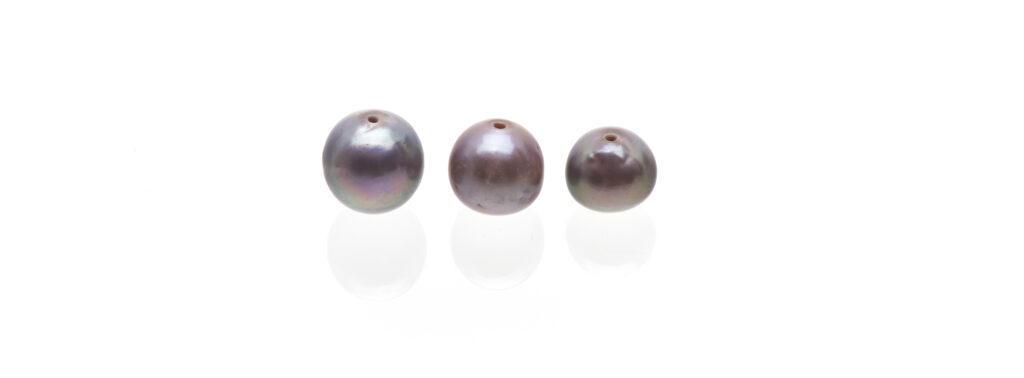
Spectroscopic testing indicated that a Pteria sterna species origin was very likely for these pearls. To confirm this result we carried out additional DNA fingerprinting analysis. The results were conclusive and showed 100% concordance with a single sequence of that species present in our reference database. Historically, many important natural pearls in antique and historic jewellery originate from Mesoamerica (Figure 3) and were brought to the royal courts in Europe after the conquest of the Americas by the Spanish, as they were already before treasured by the indigenous cultures (Cariño & Monteforte, 1995). This was further supported by radiocarbon dating, which revealed a historic age for these three pearls.
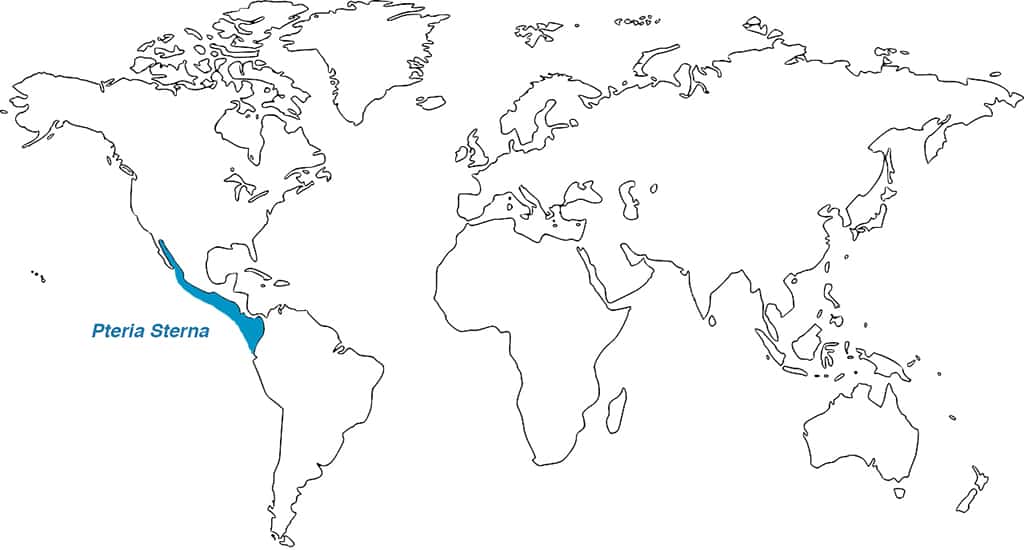

Examples of tested precious coral items
The precious coral strand in Figure 4 contained 55 carefully selected coral beads of exceptional size (diameter from 9.15 mm up to 20.00 mm). Given that it is not possible, using conventional gemmological techniques, to conclusively identify the species from which a coral sample comes from, we carried out DNA fingerprinting. Approximately 0.05 ct (10 mg) of substance was carefully extracted from within the drill holes of three selected precious coral beads. The resulting DNA analysis concluded that the three sampled beads from this coral necklace belonged to the corallium japonicum complex. This complex includes the following three taxa: Corallium japonicum, Corallium nix (white skeletal axis), Corallium tortuosum (pink skeletal axis) (sensu Tu et al. 2015). In this specific case, morphological and other analyses concluded that the three beads could be attributed to corallium japonicum (Japanese red coral), which is the most widely used of these species in the jewellery trade, and includes aka, moro, oxblood varieties. Given that this species is listed by CITES, having access to such information is important for the trade. Given that the strand was homogeneous, it is highly probable that all the beads in the necklace are from this species. This is noteworthy as corallium japonicum is highly sought-after in the trade and by collectors.
Another interesting item we examined was a coral sautoir (Figure 6) designed by Suzanne Belperron, one of the most influential jewellery designers of the 20th century. The item consisted of a sautoir with 123 coral beads and a carved coral, and a pendant with 7 partly carved corals (up to 23.00 mm diameter). The corals were accentuated by black intersections of polished onyx and slightly frosted colourless quartz.
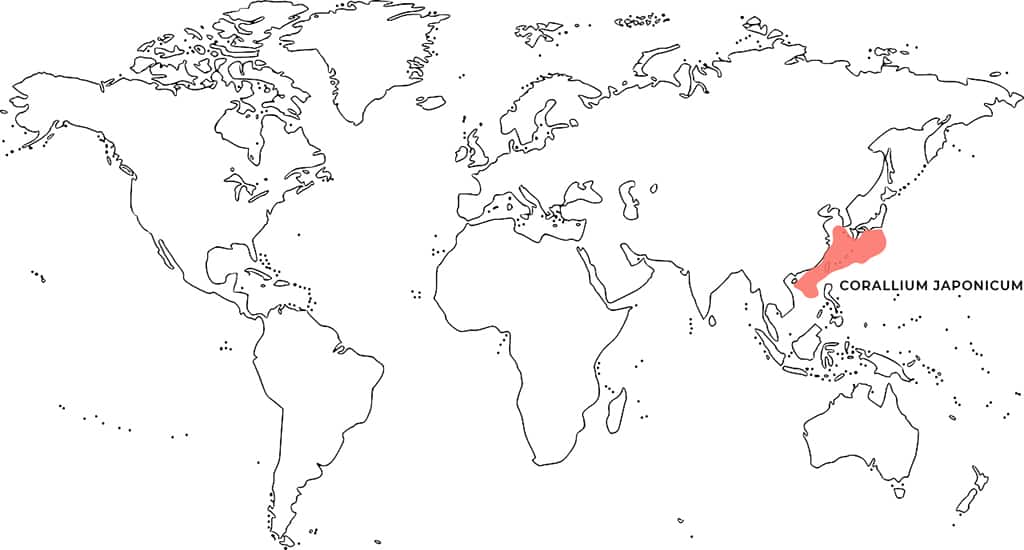
On this item both a carved bead and bead were sampled, in both cases less than 10mg of material was taken for DNA analysis. In both cases, the sequenced samples were attributed to the Pleurocorallium elatius complex. Three taxa belong to this complex: Pleurocorallium elatius, Pleurocorallium konojoi and Pleurocorallium carusrubrum (red skeletal axis) (sensu Tu et al. 2015). Identification of a specific species within this complex by SSEF is thus based on a combination of DNA, morphological and other analyses. The sampled beads were identified as being from Pleurocorallium elatius. This species is by far the most widely used of these three species in the jewellery trade, and includes the desirable angel skin, boké, magai and momo varieties.
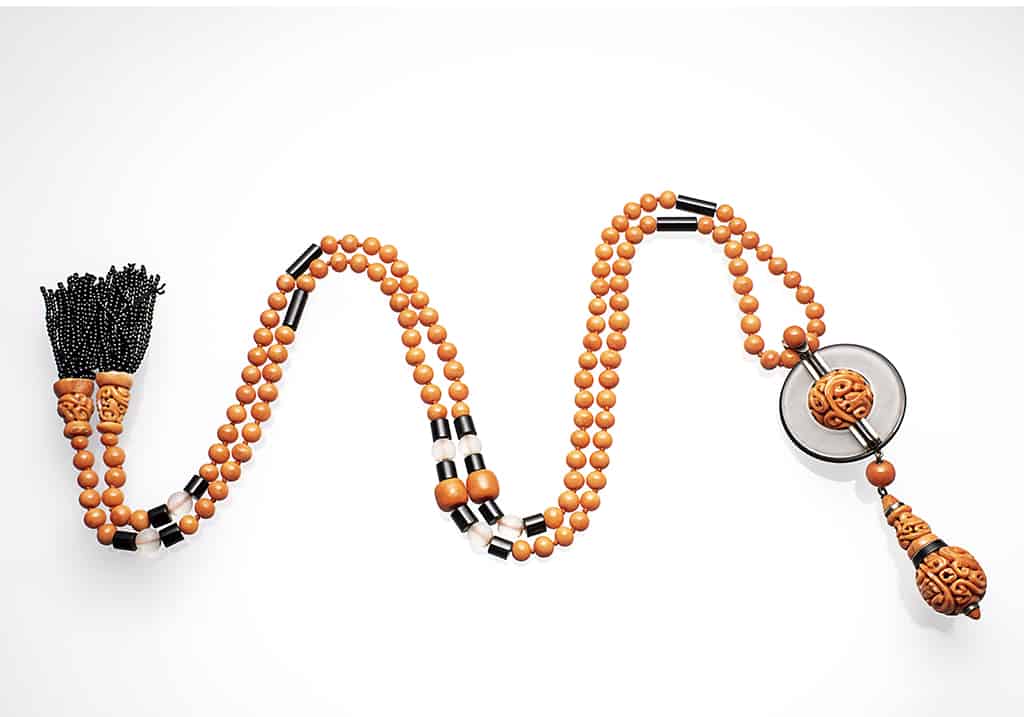
A combined age dating and DNA fingerprinting approach
A number of natural pearl and precious coral samples were tested
at SSEF this past year, and were further examined using both DNA fingerprinting and age dating, as can be seen above. The ability to date and trace pearls and precious corals back to their species-related and geographic origins can provide greater transparency, as well as supply important and fascinating information about modern and historic items. We look forward to further combining and expanding these techniques in future.
Want to learn more about pearls?
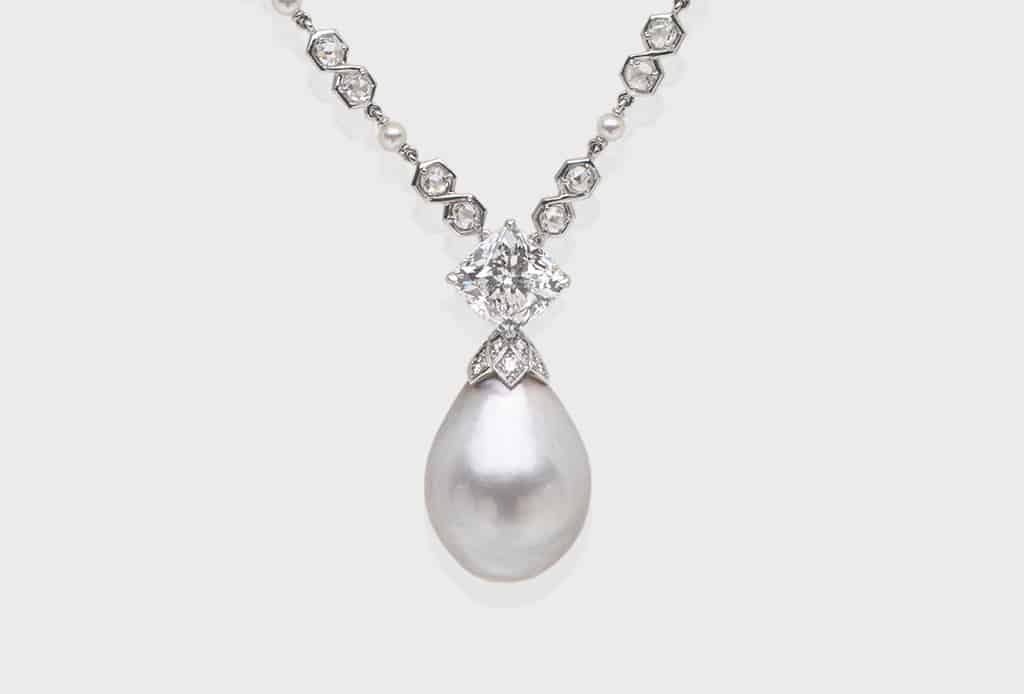
Sign up for our free online course: Introduction to pearls
